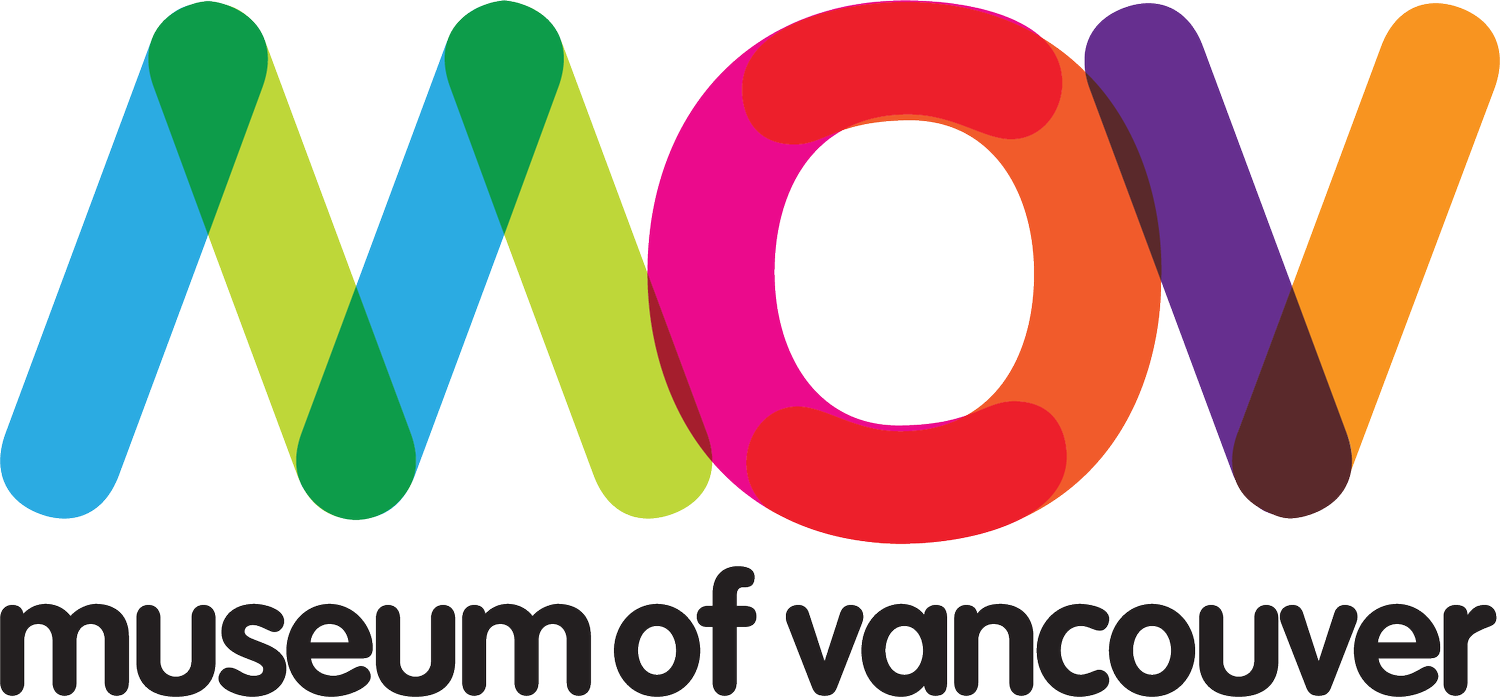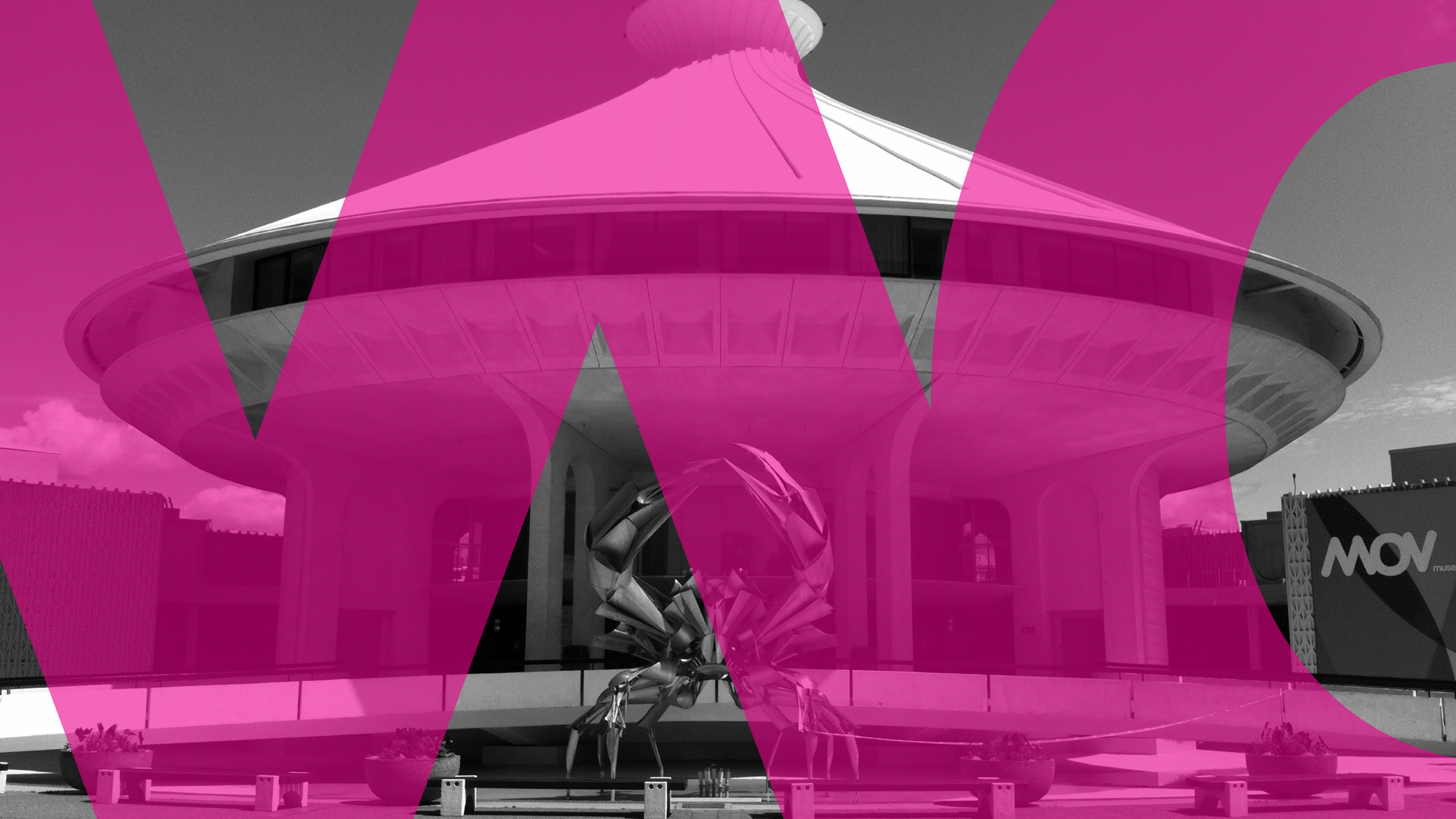True Tribal: Contemporary Expressions of Ancestral Tattoo Practices
March 28, 2024
True Tribal: Contemporary Expressions of Ancestral Tattoo Practices explores 30-plus years of Indigenous tattooing from around the world and the artists who are reconnecting with traditional skin marking practices. The revival of ancestral tattoo designs and motifs, the re-envisioning of meaning and protocols, and the re-fashioning of ancestral application methods is part of Indigenous peoples’ efforts to reclaim their lands, cultures and identities.
Tattoo artists Tristen Jenni Sanderson (Woodland and Plains Cree), Terje Koloamatangi (Tongan), Nolan Malbeuf (Métis), Mo-Naga (Uipo Naga), Julie Paama-Pengelly (Māori), Gordon Sparks (Mi’kmaq), Nathalie Standingcloud (Cherokee) and Dion Kaszas (Nlaka’pamux) use contemporary technologies to build upon ancestral design conventions as seen on ancestral belongings. Their work gives power back to Indigenous people to think through and theorize their own world and life views while taking away the colonial tools that separated them from the visual language of skin markings.
Reclaim + Repair: The Mahogany Project
July 20, 2023 - August 11, 2024
Reclaim + Repair: The Mahogany Project, curated by Propellor Studio, in collaboration with Museum of Vancouver, celebrates the creativity and craft of Vancouver’s design community, while engaging with questions central to the role of design in advancing sustainability as well as social and environmental justice.
A diverse group of 31 emerging and seasoned local designers and makers were selected to create 22 objects made from vintage mahogany provided by MOV. The exhibition features a wide array of design objects from furniture, lighting and household objects, to jewelry, and much more. The idea for Reclaim + Repair: The Mahogany Project was born out of a desire to honour this material and the places from which it originated.
Works created by designers for the exhibition are for sale. A portion of the sales will be donated to support Indigenous-led reforestation efforts in Nicaragua and Guatemala, where the mahogany was extracted in the last century.
Unity Indigenous Plant Garden
A Living Exhibition
The Unity Indigenous Plant Garden - A Living Exhibition was created in partnership with the Musqueam, Skwxwu7mesh and Tsleil-Waututh Nations. This garden connects two MOV exhibition projects: “Wild Things: The Power of Nature in Our Lives (2018-2020)” and “That Which Sustains Us (opened in 2020),” both featuring traditional knowledge from these host nations.
hən̓q̓əmin̓əm̓ translations for the garden were provided by the Musqueam Language Department with approval of the Tsleil-Waututh Nation. Skwxwú7mesh snichim translations were provided by the Ta na wa Ns7éyx̱nitm ta Snew̓íyelh - the Squamish Nation Language and Cultural Affairs Team.
That Which Sustains Us
That Which Sustains Us is a long-term exhibition that explores the convergence of different knowledge traditions in the Vancouver area through an examination of people’s interactions with forests and their natural environment. It does so by showcasing traditional ecological knowledge related to forests; consequences of the deforestation and urbanization of Vancouver; and the possibility of returning to sustainable land use practices in the Greater Vancouver area. The thread that connects these narratives is the idea that culture ultimately shapes how people choose to interact with the natural world.
c̓əsnaʔəm, known to archaeologists variously as the Eburne Midden, Great Fraser Midden, and Marpole Midden, recently made headlines when ancient burials were uncovered through urban development and the Musqueam strove to protect them.
This collaborative project aims to generate public discussions about heritage and Indigenous history, and to raise awareness of the significance of c̓əsnaʔəm for the Musqueam people and for the City of Vancouver.
The curatorial premise of this project is simple: the bone, stone, and shell objects from c̓əsnaʔəm, which have survived thousands of years, are great catalysts for conversations about the relationship between Indigenous and settler societies in the City of Vancouver.
Sponsored by
1900s - 1920s: Gateway to the Pacific
• Everyone hyping Vancouver?
• Vancouver in the grip of real estate frenzy?
• House prices soaring, then crashing?
That’s the City of Vancouver in the early 1900s.
Vancouver became a big city whose busy streets flash by in the 1907 Then and Now film.
Streetcar lines extended south and east, encouraging new developments. Substantial communities of Chinese, Japanese, and South Asians made their homes here, in spite of deep prejudice that flared in the Anti-Asian Riot and the Komagata Maru incident.
The shadow side of Vancouver’s “golden years” becomes harder to ignore.
Dreams of safe, prosperous homes in a beautiful corner of the British Empire were tested by economic collapse in 1913 and world war in 1914.
Sponsored by
1930s - 1940s: Boom, Bust, and War
The City of Vancouver and the neighbouring towns of South Vancouver and Point Grey joined together in 1929.
As Canada’s third largest city, Vancouver, they undertook a city plan -- the first (and some would say only) comprehensive plan for Vancouver.
With the market crash of 1929, resource prices plummeted and Vancouver landed on the skids. Big civic plans were put on hold as residents struggled with lost jobs, slashed wages, evictions, and foreclosures.
When Canada entered the war in 1939, Vancouver factories geared up for record production. Shipyards began producing a ship every two weeks. After Pearl Harbour, the well-established Japanese Canadian community on the coast was shattered.
Officials confiscated their property and forced them to leave a 100-mile “protected area” along B.C.’s coast for internment camps in the interior.
Sponsored by:
1950s: The ‘50s Gallery
Experience the modest, hopeful dreams of post-war Vancouver.
The City of Vancouver's once streetcar lined streets are altered and re-shaped to accommodate cars.
See the neon light up downtown when folks go to nightclubs and movies.
Pose for street photographer Foncie Pulice as he snaps portraits of the sidewalk parade.
Check out the jukebox and the private lives of teenagers.
Live the post-war dream in the neighbourhood of Fraserview, as veterans’ families move into brand new housing.
Sponsored by
1960s - 1970s: You Say You Want A Revolution
Young people searching for an alternative way of life made the City of Vancouver the hippie capital of Canada. Kitsilano, at the time a neighbourhood with cheap housing, became home to Vancouver's radical youth.
The 1960s and 1970s were a time of contention as the city grew in to itself and now internationally known "radical" groups like Greenpeace started right here on home turf.
Groove on Vancouver, the coolest city on the Canadian coast. Visit the hippies’ communal house, try on macramé finery, and listen to great Vancouver bands from the late 1960s.
Look for your mom or dad, or yourself, in swinging footage of the Stanley Park Be-In.
Follow the action as Vancouverites – both hippie and straight – fought the freeway, saved their neighbourhoods, and changed the way city planning is done.











